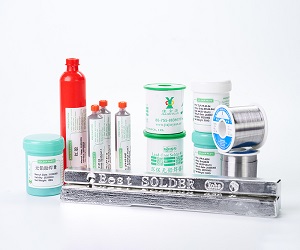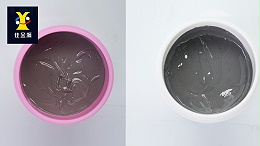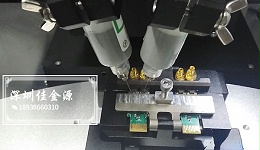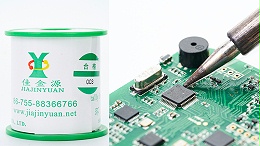
It is a common situation in manual soldering that the solder wire does not stick to tin during the soldering process. The main reasons for the solder wire not sticking to tin are three aspects: first, the reason of the soldering head; second, improper operation process; third, the reason of the solder wire. Today, the solder paste manufacturer will summarize them for everyone:
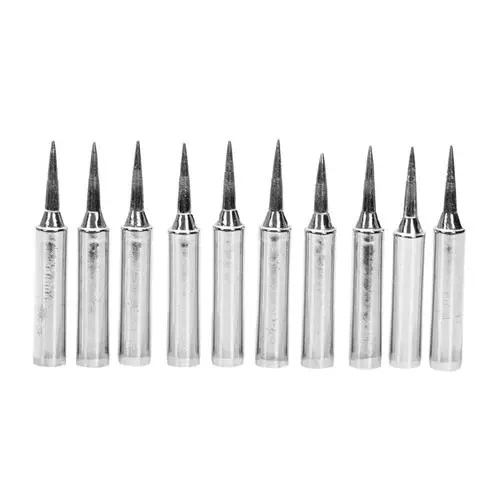
1The correct soldering iron tip was not selected
The soldering iron tips used for soldering lead-free solder wire and leaded solder wire are also different. The corresponding soldering iron tips should be selected and not mixed.
2The soldering iron tip is aged
During the use of soldering iron tips, they are mostly exposed to high temperatures for a relatively long time, which results in a relatively short service life and makes them prone to damage. They need to be inspected and replaced regularly and promptly.
3Quality issues with the soldering iron tip
It is recommended to choose a brand soldering iron tip. Brand soldering iron tips have more advantages in terms of quality.
The reasons for improper operation procedures
1The soldering iron tip was not cleaned before use
The residual debris from the previous soldering process on the tip of the soldering iron has brought an oxide layer, resulting in no tin adhesion. If the soldering iron tip has oxidized and turned black, it needs to be polished with a file or sandpaper to remove the black oxide layer on the surface of the soldering iron tip, and then it can be used for soldering. The tip of the soldering iron can also be immersed90%In an alcohol solution with a certain content1~2Minutes can also relieve oxides.
2The temperature of the soldering iron tip is set too high
If the temperature exceeds during the soldering of the solder wire430℃In this case, it is very easy for the tin-dipping surface of the soldering iron tip to undergo severe oxidation, resulting in the tin-dipping surface not being tinned.
3Before using a manual soldering iron for soldering, the tip of the soldering iron was not dipped in solder.
When soldering, the tip of the soldering iron was not coated with a layer of tin first, which led to oxidation with the air at high temperatures and the formation of an oxide layer, thus resulting in no tin adhesion.
4The power was not turned off when there was no work for a long time
When the operating temperature is greater than350℃Moreover, if the soldering is stopped for a long time and "dry burning" is achieved, it will cause the soldering iron tip to oxidize rapidly and even break.
1Improper selection and handling of solder wire
There are many types of solder wires, such as lead-free solder wires, leaded solder wires, rosin solder wires, and rosin-free solid core solder wires, etc. Different types of solder wires require different soldering conditions. Be sure to pay attention when determining them.
2The quality of the solder wire is too poor
The quality of the welding wire is also the most important. You can't buy some cheap products produced by small workshops without qualified qualifications. Poor-quality welding wire may contain a lot of impurities, which can affect the welding. Only by choosing good solder wire can good solder joints be achieved. JJYSolder wireFocusing on solder production for over twelve years, through long-term accumulation and development, we have made adjustments to various soldering difficulties, which helps improve the efficiency and quality of the soldering process.
